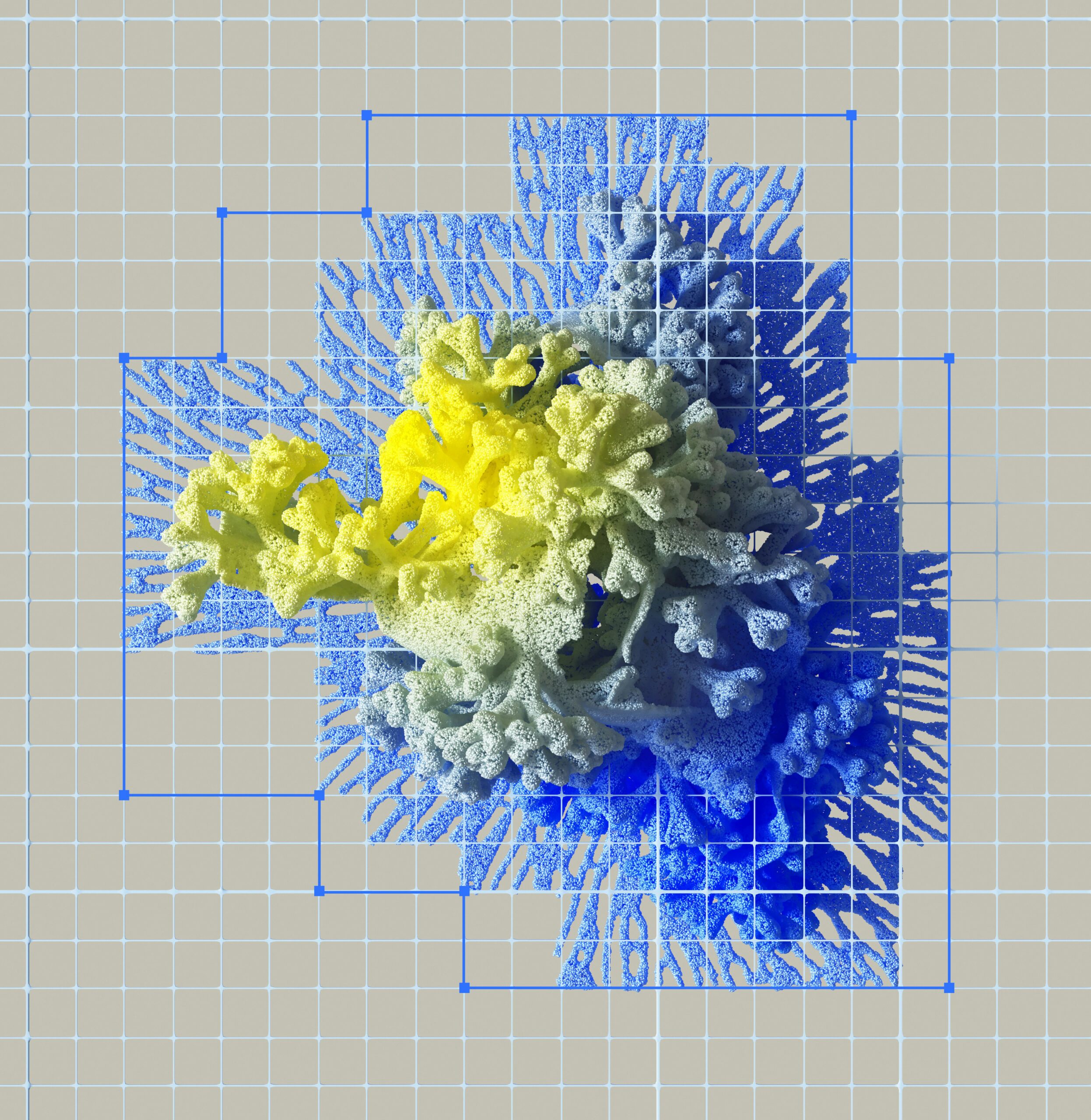Interested in learning Artificial Intelligence but don’t know where to start? Look no further! “The Simplified Approach to Learning AI” is here to guide you through the world of AI in the easiest way possible. In this article, we will break down complex AI concepts into simple, easy-to-understand explanations, allowing you to grasp the fundamental principles of AI without getting overwhelmed. By the end of this article, you will have a solid foundation to further explore and dive deeper into the fascinating field of AI. So, let’s get started on your AI learning journey!
1. Understanding the Basics of AI
Artificial Intelligence (AI) is a field of computer science that aims to create intelligent machines capable of performing tasks that typically require human intelligence. These tasks include speech recognition, decision-making, problem-solving, and visual perception. By simulating human cognitive abilities, AI enables machines to learn, reason, and adapt to new situations.
AI can be categorized into different types based on its capabilities and functionalities. Weak AI, also known as Narrow AI, is designed to perform specific tasks, such as virtual personal assistants or recommendation systems. Strong AI, on the other hand, refers to machines that possess general intelligence and can understand, learn, and reason across different domains.
As AI continues to revolutionize various industries, learning AI has become increasingly important. By understanding AI concepts and applications, you can unlock new opportunities in fields like healthcare, finance, transportation, and more. Even if you don’t plan on becoming an AI expert, having a basic understanding of AI will be beneficial in the technology-driven world we live in today.
2. Building a Strong Foundation
To dive into the world of AI, it’s essential to establish a strong foundation in various areas of study. Learning programming languages forms the backbone of AI development. Languages like Python and R are widely used in AI due to their simplicity and extensive libraries for data manipulation and machine learning.
Alongside programming languages, understanding data structures and algorithms is crucial for efficient AI development. Data structures help organize and store data, while algorithms provide step-by-step instructions to solve specific problems. Familiarize yourself with data structures like arrays, linked lists, trees, and learn about algorithm design techniques like sorting, searching, and graph algorithms.
Having knowledge of statistics and linear algebra is also vital for AI. Statistics allows you to analyze data, identify patterns, and make predictions. Understanding concepts like probability, hypothesis testing, and regression analysis will enhance your AI skills. Linear algebra helps you manipulate and transform data by applying concepts like matrices, vectors, and linear equations.

3. Exploring Machine Learning
Machine learning is a subset of AI that focuses on creating algorithms and models that can autonomously learn from data and make predictions or decisions. By utilizing algorithms, machine learning enables computers to improve their performance based on experience without being explicitly programmed.
Start by getting an introduction to machine learning, understanding its basic concepts and techniques. Learn about supervised learning, where a model is trained on labeled data to make predictions or classifications. Unsupervised learning, on the other hand, deals with finding patterns and relationships in data without any pre-defined labels.
Explore key machine learning algorithms like linear regression, logistic regression, decision trees, and support vector machines. Gain insights into how these algorithms work, their pros and cons, and their applications in various domains.
4. Getting Hands-On Experience
While theoretical knowledge is essential, practical experience is equally crucial in AI learning. Utilize online resources and AI courses to gain hands-on experience in developing AI models and applications. Platforms like Coursera, edX, and Udacity offer comprehensive AI courses taught by industry experts.
Participating in Kaggle competitions is another excellent way to apply your AI skills and learn from real-world challenges. Kaggle is a data science platform that hosts competitions where participants solve complex problems using machine learning. By participating in these competitions, you can put your skills to the test and learn from other experienced data scientists.
Completing real-world projects is also a valuable experience. Find datasets related to your areas of interest and apply your AI knowledge to solve practical problems. Working on projects allows you to face challenges, experiment with different techniques, and gain a deeper understanding of AI applications.

5. Understanding Deep Learning
Deep learning is a subfield of machine learning that focuses on training artificial neural networks to learn from large amounts of data. Neural networks are inspired by the structure and function of the human brain, consisting of interconnected nodes (neurons) that process and transmit information.
Start by understanding the basics of neural networks, including their architecture and different types of layers such as input, hidden, and output layers. Learn about activation functions that introduce non-linearity into the network, allowing it to learn complex relationships.
Explore deep learning frameworks like TensorFlow and PyTorch, which provide tools and libraries to build and train neural networks efficiently. These frameworks simplify the implementation process and offer pre-trained models for various tasks, making it easier for beginners to get started.
Practical implementation of deep learning models is essential to grasp its capabilities fully. Work on projects that involve tasks like image classification, natural language processing, or speech recognition using deep learning techniques. By applying these models in real-world scenarios, you’ll gain a deeper understanding of their strengths and limitations.
6. Practicing Data Preprocessing
Data preprocessing is an essential step in preparing data for machine learning models. Ensuring data quality and relevance improves the accuracy and reliability of AI systems. Learn about data cleaning techniques to remove noise, irrelevant information, and duplicates from raw data.
Handling missing values and outliers in data is important to prevent biased or inaccurate results. Learn various methods to impute missing values or remove them based on the context of the data. Similarly, outlier detection and treatment techniques allow you to identify and handle data points that deviate significantly from the norm.
Feature scaling and normalization play a crucial role in data preprocessing. These techniques bring all feature values to a similar scale, preventing some features from dominating others during model training. Understanding various scaling methods like min-max scaling and standardization will help improve the performance of your AI models.

7. Evaluating Model Performance
Evaluating the performance of AI models is essential to ensure their effectiveness and reliability. Understanding evaluation metrics allows you to assess the accuracy, precision, recall, and other performance measures of your models. Metrics like accuracy, F1 score, and area under the ROC curve provide valuable insights into model performance.
Cross-validation techniques help validate the performance of your models on different subsets of data, minimizing the risk of overfitting or underfitting. Techniques like k-fold cross-validation and stratified sampling allow you to train and test your models on multiple subsets to obtain reliable performance estimates.
Hyperparameter tuning involves optimizing the settings or configurations of your models. By adjusting hyperparameters like learning rate, regularization, or number of hidden layers, you can fine-tune your models for optimal performance. Explore techniques like grid search or random search to find the best combination of hyperparameters.
8. Applying AI in Different Domains
AI has vast applications in various domains, and understanding how it is utilized can open up exciting opportunities. In healthcare, AI is used for medical imaging analysis, predicting disease outcomes, and drug discovery. In finance, AI powers automated trading systems, fraud detection, and credit scoring. In transportation, AI enables autonomous vehicles, route optimization, and traffic management.
Explore the specific ways AI is being applied in these domains and others that interest you. By understanding the challenges and opportunities in each industry, you can tailor your AI knowledge and skills to meet their needs. Stay updated with the latest advancements and research in these domains to keep your knowledge relevant and up to date.

9. Keeping Up with AI Advances
AI is a rapidly evolving field, and staying up to date with the latest advancements is crucial. Follow AI research papers and publications to gain insights into cutting-edge technologies, algorithms, and applications. Keep an eye on renowned journals and conferences like NeurIPS, ICML, and AAAI for the latest research in AI.
Attending AI conferences and webinars allows you to learn from experts, network with like-minded professionals, and gain industry insights. These events provide opportunities to explore emerging technologies, discover new trends, and get hands-on experience with the latest AI tools and techniques.
Joining AI communities and forums opens up avenues for collaboration and knowledge sharing. Engage with fellow AI enthusiasts, ask questions, share your experiences, and participate in discussions. Online platforms like Kaggle and GitHub offer communities where you can collaborate on projects, learn from others, and get feedback on your work.
10. Collaborating and Networking
Collaboration and networking are vital aspects of AI learning and career development. Join AI study groups and meetups in your local area or online to connect with peers who share similar interests. Collaborating with others allows you to learn from their experiences, gain new perspectives, and tackle challenging problems together.
Networking with AI professionals can open doors to job opportunities, mentorship, and further learning. Attend industry events, conferences, or webinars where you can interact with experts and establish valuable connections. Building a strong professional network in the AI community can provide support, guidance, and opportunities for growth.
Engaging in collaborative AI projects not only enhances your practical skills but also builds your portfolio. These projects demonstrate your ability to work on real-world problems and showcase your AI expertise to potential employers or clients. Collaborating with others allows you to leverage each other’s strengths and produce high-quality AI solutions.
By following this comprehensive guide to learning AI, you can acquire the necessary knowledge, skills, and experience to excel in this exciting field. Remember to start with the basics, explore different areas of AI, gain hands-on experience, and stay updated with the latest advancements. With dedication, persistence, and a growth mindset, you can become proficient in AI and contribute to its ongoing advancements.







Leave a Reply